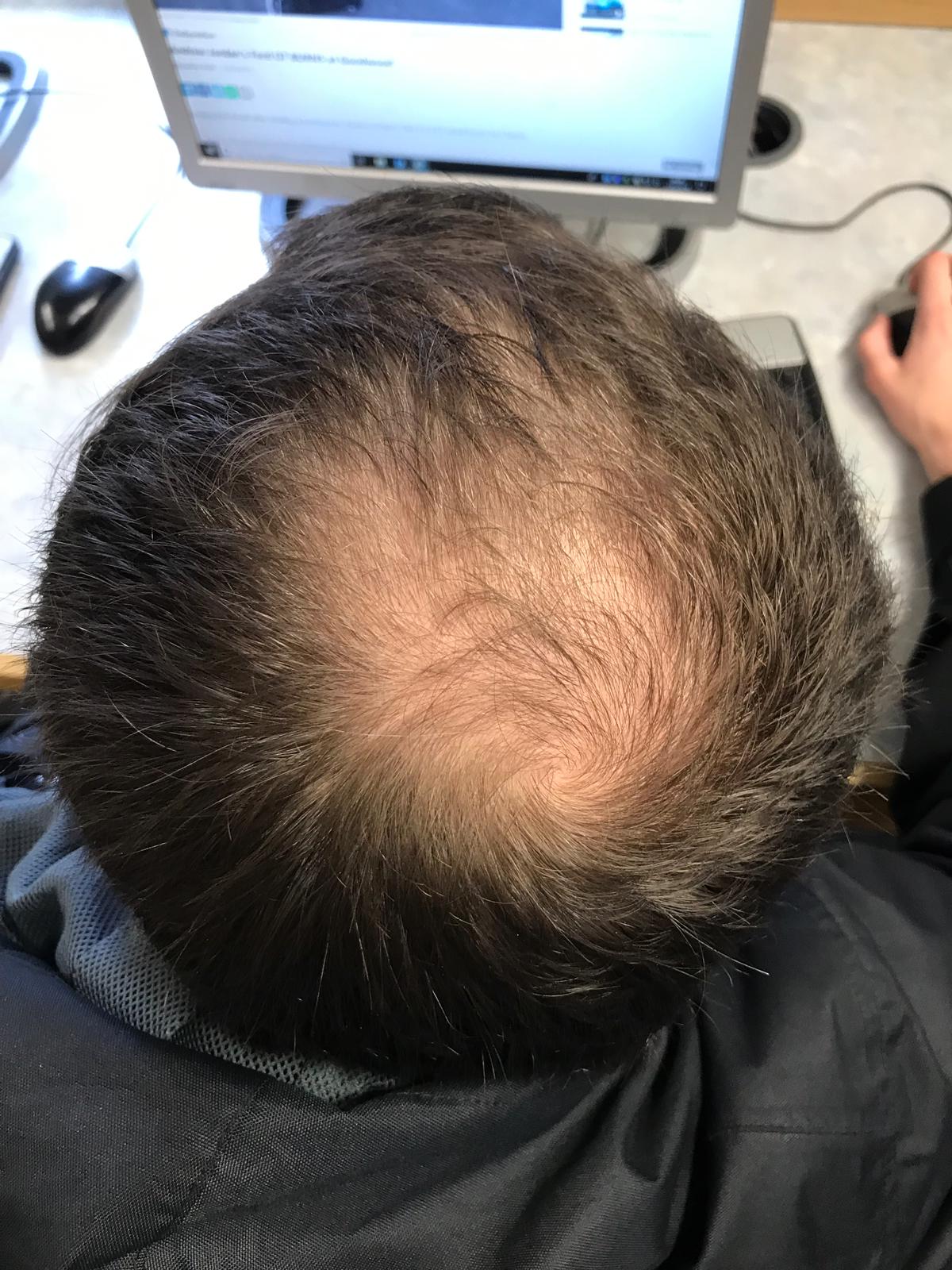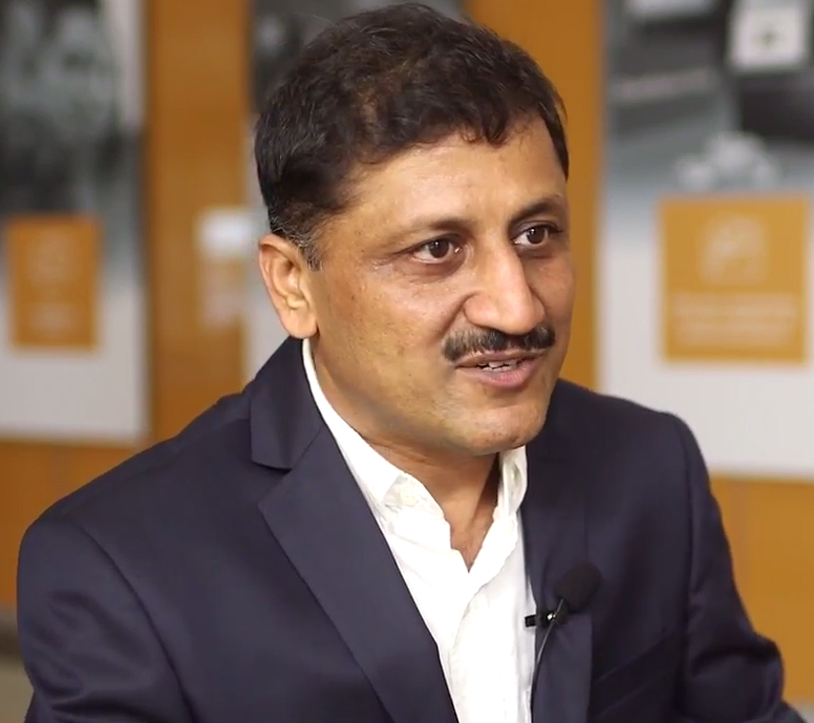Many of us have contemplated hair transplant surgery at some point in our lives because of hair loss or baldness. However, only a small percentage of us have gone through and had it done. Hair transplant fallacies abound on the internet, making it difficult for the general public to get an accurate picture of what is involved. To a large extent, this is to blame for the many misconceptions regarding hair transplant surgery that persist among the general public. Several prevalent hair transplant myths have kept many of us from getting the full, thick hairline we’ve always wanted.
Table of Contents
Hair transplant results are instant.
Hair transplant outcomes can’t be seen immediately, just like natural hair growth can’t be seen in a matter of days. You will need to see consistent hair growth for 6-9 months after your hair transplant procedure. Some individuals may face a wait of up to a year. Patients may notice hair fallout from the transplanted follicles during the “shock” or “sleeping” period. This is completely normal. After that, your hair will grow from well-anchored roots that will mix flawlessly with your natural hair. Before making a final decision, we must be certain of hair transplantation’s facts and myths.
It’s a Painful Procedure
Local anesthetic is used to execute hair transplant and hair loss surgeries so that patients will have no pain or discomfort during the process. Some patients may suffer slight pain when the anesthesia wears off, and the surgeon will prescribe pain-relieving drugs for a few days. As a result of the latest Follicular Unit Extraction (FUE) treatment, which uses small punches of 0.7-0.8 mm to extract donor hair follicles that recover quickly, patients can return to their daily routines in only a few days.
Only Rich people can afford it.
When it comes to the truth and misconceptions surrounding hair transplants, most people have the misconception that only wealthy individuals can get hair transplants. On the other hand, this is not the case.
Hair transplant methods are not prohibitively expensive. These procedures include follicular unit transplantation (FUT) and follicular unit extraction (FUE). In addition, the cost of having hair transplant treatments done is typically a one-time expense because the outcomes are very close to being permanent. To put it another way, hair transplants are very cost-effective, particularly for people already spending a fortune on semi-permanent treatments and alternatives.
Results are temporary
A hair transplant surgery’s effects are considered nearly permanent and long-lasting, which is the primary advantage of the procedure. It is important to know that “newly transplanted” hair will experience early shedding anywhere from three to seven weeks after undergoing hair transplant surgery. On the other hand, this happens all the time and is only a passing phase. Within the next 5–6 weeks, new hair will start growing out of the grafts where the donor’s hair was removed.
Hair Transplant is only for young people.
It is a common misperception that hair transplants are only suitable for younger patients; however, this is not the case. No matter a person’s gender or age, a hair transplant can be performed on them anywhere between the ages of 25 and 70 years old. There is no correlation between age and the process.
In most cases, individuals in their early 20s, whether they are male or female, are not considered to be good candidates for hair transplants. Their hair loss patterns or individual cases are not entirely determinable. People in their early 20s who want to improve the density of their hairline could decide to get a preliminary hair transplant.
Results are not natural.
In hair restoration methods, the goal is always to achieve a subtle and natural appearance. If the hair transplantation is conducted under the guidance of an expert and well-respected surgeon, you won’t have to worry about how your hair looks again after it is done. To give the transplanted hair a realistic appearance, the best plastic surgeon in Lahore at AZ Plastic Surgery Associates will evaluate the angle of the grafts and the hare and the position of the follicles. After the hair transplant procedure, you can do whatever you want with your hair, including styling it however you choose, washing it, and cutting it.
It’s just for men
Male pattern baldness is not the only type that can be treated with hair restoration methods. Hair restoration methods like Follicular Unit Transplantation (FUT) and Follicular Unit Extraction (FUE) are effective on both men and women, even though men and women have different balding patterns. The highest number of hair transplant candidates have male or female pattern baldness, the most frequent cause of hair loss. On the other hand, male pattern baldness affects the back and front of men’s heads, but female pattern baldness affects the entire scalp.
Conclusion
It is important to have realistic expectations when deciding if hair transplant surgery is right for you. Hair transplants aren’t meant to prevent baldness or thin hair in the first place. Hair transplants are an excellent treatment option for both men and women suffering from thinning or thinning hair. In terms of long-term results, hair transplants are often permanent and cost-effective, resulting in thicker and fuller hair in the long term.
The best Hair Transplant in Lahore, Pakistan, combines traditional hair restoration methods with the most cutting-edge hair restoration techniques and technology to deliver the best outcomes possible for our patients. A patient’s hair replacement operation should never be rushed. Our team of experienced and skilled hair restoration surgeons and medical specialists prioritizes completing evaluations before prescribing the most appropriate treatment for long-lasting and optimal outcomes.
Read Also:
Hair transplants can range from about $4,000 to $15,000 per session.
Final costs may depend on the:
- extent of the transplant procedure
- availability of surgeons in your area
- experience of the surgeon
- surgical technique chosen
Because hair transplants are cosmetic procedures, health insurance won’t pay for the procedure.
Aftercare medications may also add to the final cost.
Simply put, a hair transplant takes hair you have and transfers it to an area where you don’t have hair. It’s typically taken from the back of your head, but can also be taken from other parts of your body.
Before starting a transplant, your surgeon sterilizes the area where the hair will be removed and numbs it with a local anesthetic. You can also request sedation in order to stay asleep for the procedure.
Your surgeon then performs one of two transplant methods: FUT or FUE.
Follicular unit transplantation (FUT)
FUT is sometimes known as follicular unit strip surgery (FUSS). To perform a FUT procedure, your surgeon follows these steps:
- Using a scalpel, the surgeon removes a piece of your scalp, usually from the back of your head. The strip size is typically about 6 to 10 inches long but can stretch from ear to ear.
- They close the area where the scalp was removed with stitches.
- Your surgeon and their assistants separate the scalp strip into smaller pieces with a scalpel. They may split the piece up into as many as 2,000 smaller fragments, called grafts. Some of these grafts may contain only one hair each.
- Using a needle or blade, the surgeon makes small holes in your scalp where hair will be transplanted.
- The surgeon inserts hairs from the removed piece of scalp into the puncture holes. This step is called grafting.
- They then cover the surgical sites with bandages or gauze.
The specific number of grafts you receive depends on the:
- type of hair you have
- size of transplant site
- quality (including thickness) of hair
- hair color
Follicular unit extraction (FUE)
To perform a FUE procedure, your surgeon takes these steps:
- They shave off hair on the back of your head.
- The surgeon then takes individual follicles out of the scalp skin. You’ll see tiny marks where each follicle was removed.
- As with the FUT procedure, the surgeon makes small holes in your scalp and grafts hair follicles into the holes.
- They then cover the surgical site with bandages or gauze.
FUT and FUE may each take several hours to several days to complete. In part, this depends on the amount of work performed by the surgeon. You will go home the same day of the procedure.
Once the surgery is done, your surgeon carefully removes any bandages. The area may be swollen, so your surgeon might inject triamcinolone into the area to keep the swelling down.
You’ll likely feel pain or soreness at the transplant site as well as in the area where hair was taken from. For the next few days, your surgeon may prescribe:
- pain medications, such as ibuprofen (Advil)
- antibiotics to prevent infections
- anti-inflammatories, such as an oral steroid, to relieve swelling
- medications such as finasteride (Propecia) or minoxidil (Rogaine) to help stimulate hair growth
Here are some aftercare tips for hair transplant surgery:
- Wait a few days after the surgery to wash your hair. Only use mild shampoos for the first few weeks.
- You should be able to return to work or normal activities in about 3 days.
- Don’t press a brush or comb down over the new grafts for about 3 weeks.
- Don’t wear any hats or pullover shirts and jackets until your doctor say it’s OK.
- Don’t exercise for about a week.
Don’t worry if some hairs fall out. This is part of the process. Transplanted hair may not grow much or seamlessly match the hair around it for a few months.











